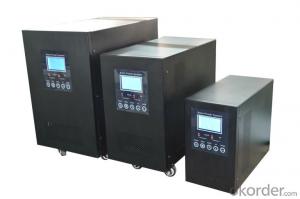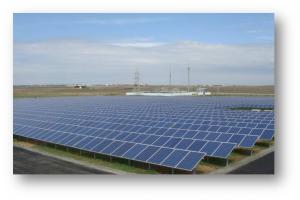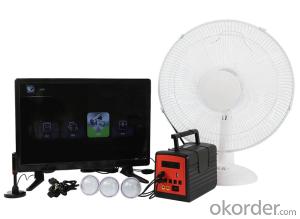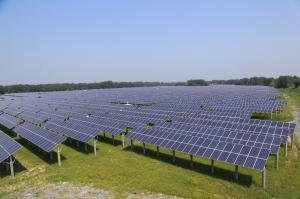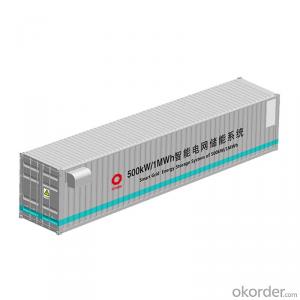Intelligent Solar Inverter
Intelligent Solar Inverter Related Searches
Ac Inverter For Solar Panels Solar Panel With Ac Inverter Gas Furnace With Ac Panda Hot Water Bottle Cover Minion Hot Water Bottle Cover Abb Solar Water Pump Inverter Solar Water Pump Philippines Extra Long Hot Water Bottle Solar Panel Dc To Ac Inverter Old Fashioned Hot Water BottleHot Searches
Solar With Inverter Price Solar Inverter With 2 Battery Solar Inverter With Ac Outlet Solar Inverter Charger Price Type Of Inverter For Solar Types Of Inverter For Solar Used Solar Inverter For Sale Inverter Size For Solar System Solar Edge Inverter For Sale 5kw Solar Inverter For Sale Solar Inverter For Sale Solar Inverter For Battery Solar Inverter For Split Ac Solar Inverter For Laptop Solar Inverter For Fridge Solar With Inverter Price Solar Inverter With 2 Battery Solar Inverter Price In China Best Solar Inverter In China Solar Inverter Price In DubaiIntelligent Solar Inverter Supplier & Manufacturer from China
Okorder.com is a professional Intelligent Solar Inverter supplier & manufacturer, offers integrated one-stop services including real-time quoting and online cargo tracking. We are funded by CNBM Group, a Fortune 500 enterprise and the largest Intelligent Solar Inverter firm in China.Hot Products
FAQ
- Solar energy systems reduce carbon emissions by converting sunlight into electricity without producing any greenhouse gas emissions. This renewable energy source replaces the need for fossil fuels, such as coal or natural gas, which release carbon dioxide and other harmful pollutants when burned for power generation. By harnessing the power of the sun, solar energy systems significantly contribute to reducing greenhouse gas emissions and combating climate change.
- The efficiency of solar panels can vary based on the manufacturer due to several factors. One significant factor is the quality of materials used in the production of the panels. Different manufacturers may use different types of silicon, which is the primary material in most solar panels. High-quality silicon can capture and convert more sunlight into electricity, resulting in higher efficiency. Another factor is the manufacturing process itself. Each manufacturer may have different techniques and technologies for producing solar panels. Advanced manufacturing processes can lead to more precise and uniform panel construction, reducing any potential losses in energy conversion and improving overall efficiency. Furthermore, research and development investments play a crucial role in the efficiency of solar panels. Manufacturers that invest in continuous research and development can develop innovative technologies, such as anti-reflective coatings or multi-junction cells, that can significantly enhance the efficiency of their panels. Moreover, the size and design of solar panels can vary among manufacturers. Larger panels with more surface area can capture more sunlight, while innovative designs can optimize energy absorption and minimize losses due to shading or environmental factors. Different manufacturers may have different panel sizes and designs, impacting their efficiency. Lastly, the reputation and experience of a manufacturer can also influence the efficiency of their solar panels. Established manufacturers with a track record of producing high-quality and efficient panels are likely to have refined their production processes and incorporated lessons learned from previous models, resulting in improved efficiency. Overall, the efficiency of solar panels can vary based on the manufacturer due to differences in materials, manufacturing processes, research and development efforts, panel size and design, as well as the reputation and experience of the manufacturer. It is important for consumers to research and compare different manufacturers to select panels with the highest efficiency suitable for their specific needs.
- Yes, solar energy systems can be used to power research laboratories or scientific facilities. Solar panels can be installed on the roofs or grounds of these facilities to convert sunlight into electricity. This renewable energy source can provide a sustainable and reliable power supply, reducing dependence on traditional electricity grids and minimizing the carbon footprint of these facilities. Additionally, solar energy systems can be integrated with battery storage solutions to ensure continuous power supply even during periods of low sunlight or power outages.
- The size of a solar energy system directly impacts its performance. A larger system with more solar panels will be able to generate more electricity, resulting in higher energy production. Conversely, a smaller system will generate less energy. Additionally, a larger system can potentially offset a greater portion of a household's energy consumption, leading to more significant cost savings and environmental benefits.
- No, solar energy cannot be directly used at night as it relies on sunlight to generate electricity. However, energy can be stored during the day using batteries or other storage systems, which can then be used to power devices during nighttime.
- Yes, solar energy systems can still be used in areas with limited access to solar energy advocacy campaigns. While advocacy campaigns can help raise awareness and promote the benefits of solar energy, the actual implementation of solar systems depends on the availability of sunlight and technical feasibility. Even without active advocacy campaigns, solar energy can still be a viable and sustainable solution in areas with limited access to conventional energy sources.
- Yes, solar panels can be installed on carports or parking structures. This is known as solar carports, which utilize the space on top of carports or parking structures to generate solar energy. This not only provides shade for parked vehicles but also allows for the production of clean and renewable energy.
- Yes, solar energy systems can be used to power outdoor lighting. Solar-powered outdoor lighting systems utilize solar panels to convert sunlight into electricity, which is then stored in batteries for use during the night. This eco-friendly and cost-effective solution eliminates the need for traditional power sources, making it an ideal option for outdoor lighting in various applications, such as gardens, pathways, parks, and street lighting.
